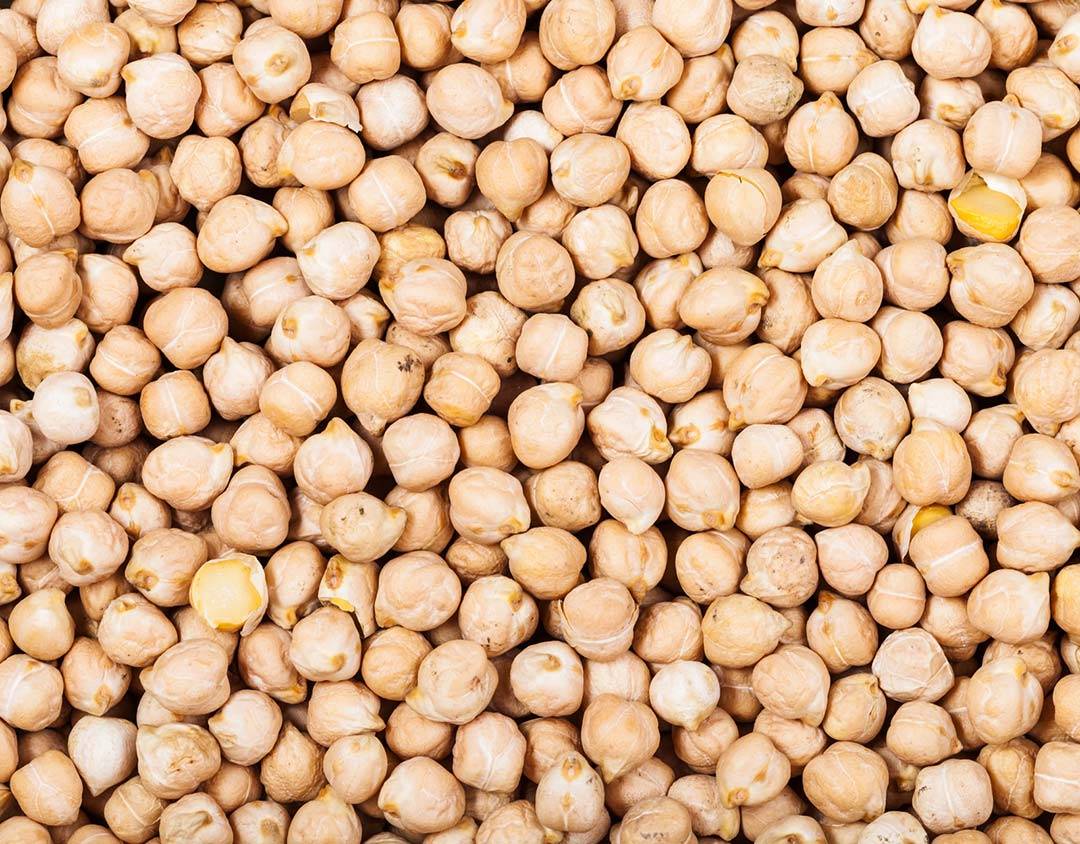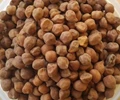
Chickpeas come under pulses and also known as garbanzo beans. There are two distinct types of cultivated chickpea, namely Desi and Kabuli. The Desi type is grown in the Indian subcontinent while the Kabuli type is grown in West Asia and the Mediterranean region.
Chickpeas are a good source of carbohydrates, proteins, including high percentage of dietary fiber, vitamins and minerals. Therefore, chickpeas can be associated with providing numerous health benefits such as stabilizing blood sugar levels, maintaining muscle strength, helping in weight management, improving digestion, and minimizing the risk of several chronic diseases such as diabetes and heart attack. Due to these reasons, they have consumed largely sauces, dips, soups, and spreads, apart from the normal lunch and dinner courses.
CONSUMPTION PROJECTED HIGHER: In 2020 the global chickpeas market had reached a value of US$ 16.2 Billion. Experts remain optimistic regarding the world market to grow at a CAGR of 4-6% in the next 4-5 years. This implies that the growth will be moderate during the above-mentioned period. Region-wise, India currently represents the largest producer of chickpeas, accounting for more than two-thirds of the global production. They are used in a variety of dishes as a whole, as Dal (Chana dal), or as flour (Besan). In recent years there has been an increasing preference for a protein-based diet, in addition to the growing popularity of vegan/vegetarian meat substitutes. In light of the spread of the coronavirus disease (COVID-19), there has been a significant rise in the demand for food products that boost immunity, such as chickpeas. But in present term the slowdown of the logistics activities and lockdowns imposed by different governments, most of the market players are unable to meet the demand. Trade is expected to gather momentum once the pandemic threat slows down and lockdown restrictions ease.
Geographically, the global market can be segmented into India, Australia, Pakistan, Myanmar, and Ethiopia. In the Indian subcontinent, chickpeas are widely consumed in the form of dal, and in various parts of the globe, it is popularly used as a primary ingredient in hummus, a dip made with mashed chickpeas and other materials. These days consumers have a preference for food products with high protein content owing to rising health awareness, hence this commodity attracts buyers quite frequently. Considering the prevailing trend of vegetarian meat substitutes, chickpeas are also being utilized for producing textured protein. Lately, chickpeas have also emerged as a low-cost feed additive due to the high cost and limited availability of higher protein sources like soybean.
Attention towards the global production of pulses has increased from 2016 onwards when this year was declared as the “International Year of Pulses”. Increasing consumption of chickpeas as snacks in developed countries is likely to boost the global market in the next few years. Experts have predicted the Asia-Pacific region to expand with the highest rate between 2021 and 2025, considering India as the largest producer and consumer of chickpeas. Annually India accounts for 8 million tonnes of production annually, contributing almost 70% of global chickpea production. Chickpeas are rich sources of fibers, folate, zinc, and protein.
FUTURE SCENARIO: Demand is expected to be robust in coming years amid changing lifestyles and increased awareness regarding healthy eating. In Turkey, for example, salted roasted chickpeas are consumed in the form of "Leblebi" spiced with cloves while in South Asia, chickpea is mostly consumed as snacks as well as curry. In light of increasing application in the food and beverage (F&B) industry, demand for chickpeas is increasing year on year. Overall, improving chickpea consumption in different forms will be driving the chickpea market in the longer run. Population growth, increasing disposable incomes, and changing dietary patterns will be some of the other influential factors in boosting the global consumption of chickpeas.

















